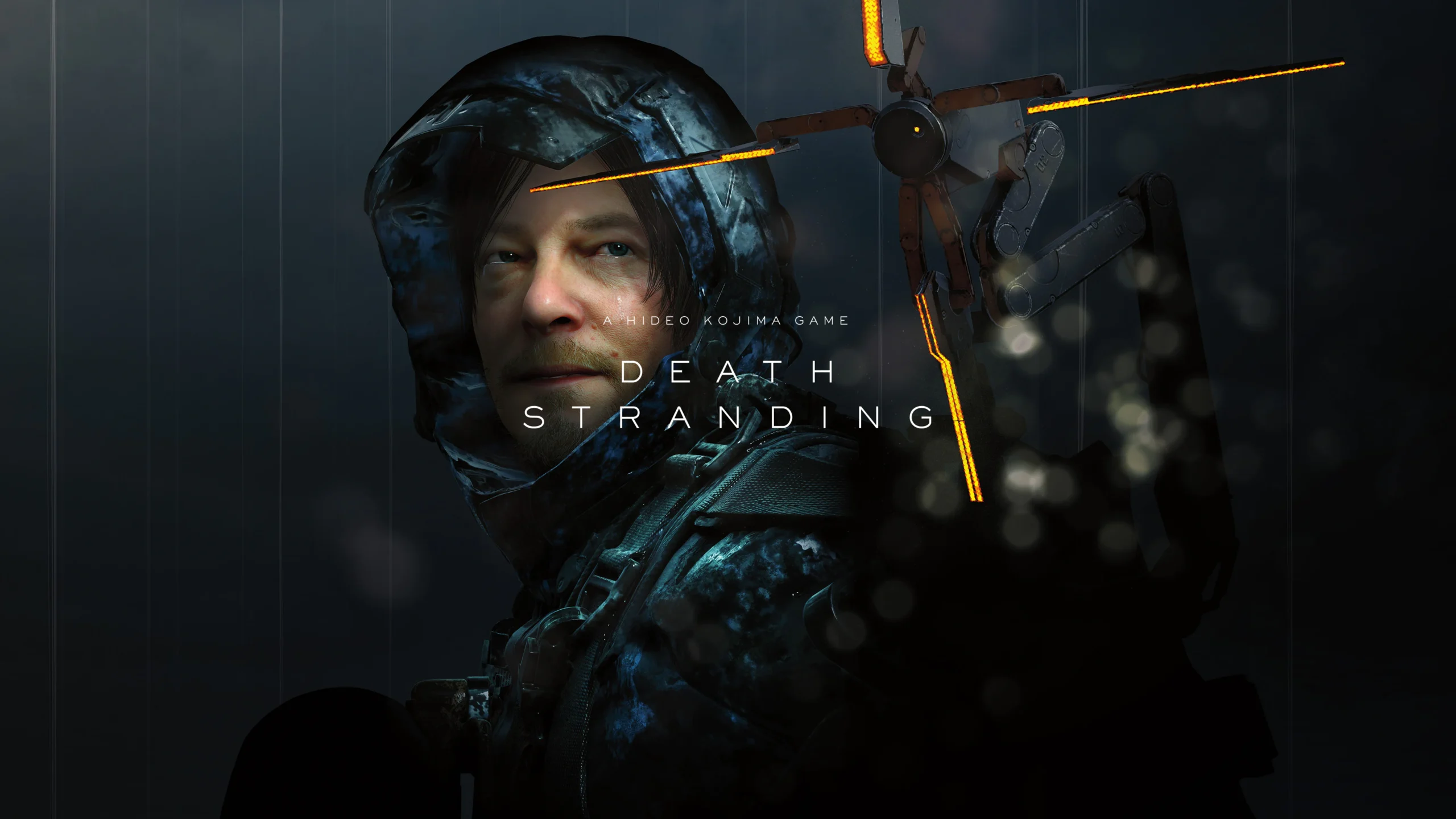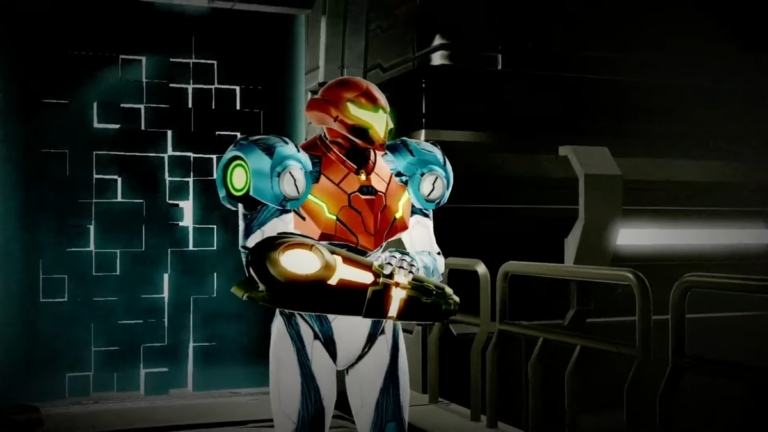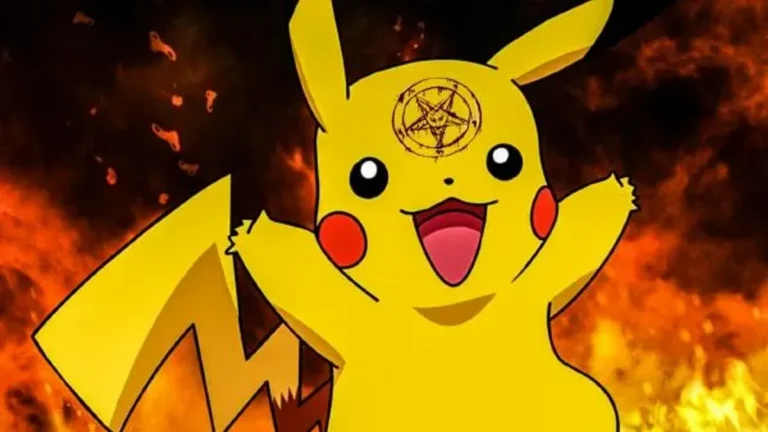Metal Gear Solid changed how I thought about video games. When Psycho Mantis seemingly read my mind and asked me if I liked to play Super Smash Bros, I knew this game was something different. Since those golden days of the GameCube, I have always been excited by whatever Hideo Kojima made. When Death Stranding was first revealed, I had no clue what the game even was but I knew I wanted to play it.
Until the reviews came out. Many reviews, from fans and online outlets, said the game was boring, tedious, and empty. Some even went so far as to label it as a walking simulator in a derogatory fashion. I still wanted to play the game, but I didn’t set it as a priority.
In DS, you play Sam Porter Bridges, played by Norman Reedus of Walking Dead fame. Sam is a bit of a recluse who keeps to himself and puts distance between himself and others. Sam is tasked by what’s left of the US government to build a network that will reconnect America and restore the US as the United Cities of America, or UCA for short.
Sam is an interesting character in that, he doesn’t care about bringing America back together. This is where Amelie comes in: the new President and a bit of a love interest for Sam. She’s being held captive by the enigmatic Higgs, played by Troy Baker. Sam has enough incentive and embarks on a journey to reconnect America and rescue Amelie. Sam is also partnered with BB, a-uh… a baby. In a container. That can sense these BT ghost things in the world. It wouldn’t be a Kojima game without some super weird character or mechanic.
What exactly do you do in Death Stranding?
The primary game loop is to accept a delivery order, choose your loadout for the terrain, deliver cargo, get XP and maybe a new unlockable equipment, wash, and repeat. This is where I can see where folks would think this is just a walking simulator and check out. It’s not for everyone. But what I found fascinating was how the terrain was almost level in and of itself. Would you need a ladder? A climbing anchor? Should you bring a bike? What happens if you encounter MULEs? There’s a subtle layer of strategy involved that had me balancing between what I needed and what I thought I would need. What happens if you need a ladder and don’t bring one because you can’t carry it anymore? This is where the most unique and, in my opinion, coolest mechanic in a game ever comes in.
Death Stranding has a multiplayer component that isn’t like anything before it. Or at least that I’ve played. In DS, you share a world with other people playing DS. This means that whatever structures, vehicles, or equipment you leave lying around or set up in your world can appear in other people’s games. I was relieved to come to a river or cliff and find someone else’s ladder or climbing anchor waiting for me. You can even help other players rebuild roads, set up zip line routes, or leave a vehicle somewhere for other players to use. It’s such a unique take on collaboration that I loved. So much so that I found myself going out of my way to collect resources to finish roads or create zip line routes in the mountains because I knew how much it sucked to walk 50 miles in the snow.
Exploring the Shonen Style Narrative

Oh good grief, I sound like my grandpa now. As you continue through the story, you’ll unlock more structures and equipment that not only help you but have the potential to help other players as well. I don’t want to spoil too much here but I’ll say that Kojima came up with a cool gameplay mechanic in this shared world.
Speaking of the story, each chapter serves as a vignette introducing you to each member of the cast. These chapters carry the story along but also give you ample time to get to know each character. If you’re a fan of anime, then you’re familiar with the shonen style of shows where each character gets their own episode to flex their skills while also learning what motivates them. And honestly? I loved the structure of it. Some chapters were better than others (Deadman and Heartman being my favorites) but each character was so well done that I found myself not hating any character.
These characters all have a unique role to play in Sam’s journey throughout the game. Apart from being the ones who give him quests, they give him hope and new perspectives on life. On what it means to connect. Again, don’t want to spoil too much here but these characters show Sam why we need one another. It’s this kind of theme that we’ve seen before in video games such as Final Fantasy VII with Cloud. It’s probably something a lot of us can relate to in a world where we’re pushed to be self-sufficient and ignore those around us. But truth be told, Sam needs these characters just like we need solid people in our life.
I want to switch gears here and speak on BB a little bit. BB is a character in the game too. I’ll be honest here and state that I don’t know the full story behind the BBs or how they came to be in the world of DS. What I do know is that the reason BB can sense these ghostly BT creatures is because BB stands for Bridge Baby: a baby that’s in between the world of the living and the dead. In the game, they’re seen as mere equipment; tools for the different porters (delivery people) and military to use when they’re out. It was honestly a bit weird hearing characters like Deadman refer to a BB as a “tool”. But this is where the subtle pro-life themes come in: Sam begins referring to BB as more than just a tool, he calls it a baby. He gives BB a name. There’s even a mechanic in the game where you can strengthen your bond with BB by interacting with BB in a few different ways. There’s one interaction, in particular, where Deadman brings up how BBs are “decommissioned” every few years. Deadman remarks how Sam shouldn’t care so much about BB and that it’s just a tool. Sam corrects Deadman, referring to BB as “Lou”, and saying that Lou is worth protecting. I’m not entirely sure if Kojima means to make some remarks on our current culture today that advocates for abortion, dehumanizing unborn babies as mere “clumps of cells”, but it’s an interesting addition nonetheless. One that, in my opinion, elevates the game in its storytelling nuance and how that affects how the player interacts with BB.
And at the game’s core, I think that’s what Death Stranding is all about. You. Me. Humanity as a whole. We’re so divided as a country here in the US. It seems like we’re so quick to write people off now because they have a different opinion than us. But BB is more than just a “tool” and the people we engage with on social media are more than just “pixels”. While I was playing Death Stranding, I helped NPCs, and other players, regardless of their beliefs, where they came from, and so on. And others helped me. Probably in ways they didn’t know they did. Death Stranding is more than just a walking simulator. It’s a mirror that forces us to examine ourselves and how we interact with one another. It helps us see what it looks like when we put our differences aside and work together. What other game helps us see that in such a profound and unique way?
Reflecting on Death Stranding: A Unique Gaming Experience

It’s been almost a week since I finished Death Stranding. I honestly can say I have not played anything quite like it. But I suppose we arrive at the question of, “Do I recommend it”. I do recommend you try it out Death Stranding but know that the chances of you enjoying it are 50/50. I can see why some folks would be turned off by it: the controls are very different, and the challenges the environment brings while just doing something as simple as walking can be annoying. In true Kojima fashion, the game has LENGTHY cutscenes (especially at the end where I sat through an hour-long cutscene). You’ll probably be as lost as I was at the start of the story and try to piece everything together, realizing that you are missing the majority of the box of puzzle pieces. And the combat, at least in the first half of the game, is something I tried to avoid at all costs. But I’m bad at stealth so I wound up fighting my way out of several camps.
But I, personally, really, really enjoyed Death Stranding. I wish I had played it sooner. The Director’s Cut of the game releases in September and promises combat improvements, as well as additional equipment to aid you on deliveries. There’s a lot more content that will come packaged in that, I believe, will make the game more accessible to new players. Plus, if you already own the game and it’s sat on your backlog, the Director’s Cut extras are only $10. I know I will be picking up the Director’s Cut and playing through the game again because I just enjoyed it that much. If you end up playing it or have played through it, I’d love to hear your thoughts in the comments below.
Well, that’s one game crossed off my backlog now. And I’m excited to announce what the next game I’m going to tackle next. This is a game I had been playing on and off again since the summer started but now it’s going to get my full attention. That game is… Sekiro: Shadows Die Twice. I checked my progress before recording this and I’m getting close to the end of the game. I’ve reached a sort of “flow” with the game and feel like I’m proficient enough with the game. Is that what it feels like to get good?
So hit that subscribe button and enable notifications so you don’t miss out on that video. But how about you? How is your backlog journey going? I’d love to cheer you on as you tackle your backlog and am curious about what you’re playing. If you liked this video, hit the Like button, if you didn’t like it, well, still hit the like button but tell me what I could do better in future videos.




Leave a Comment